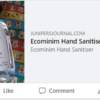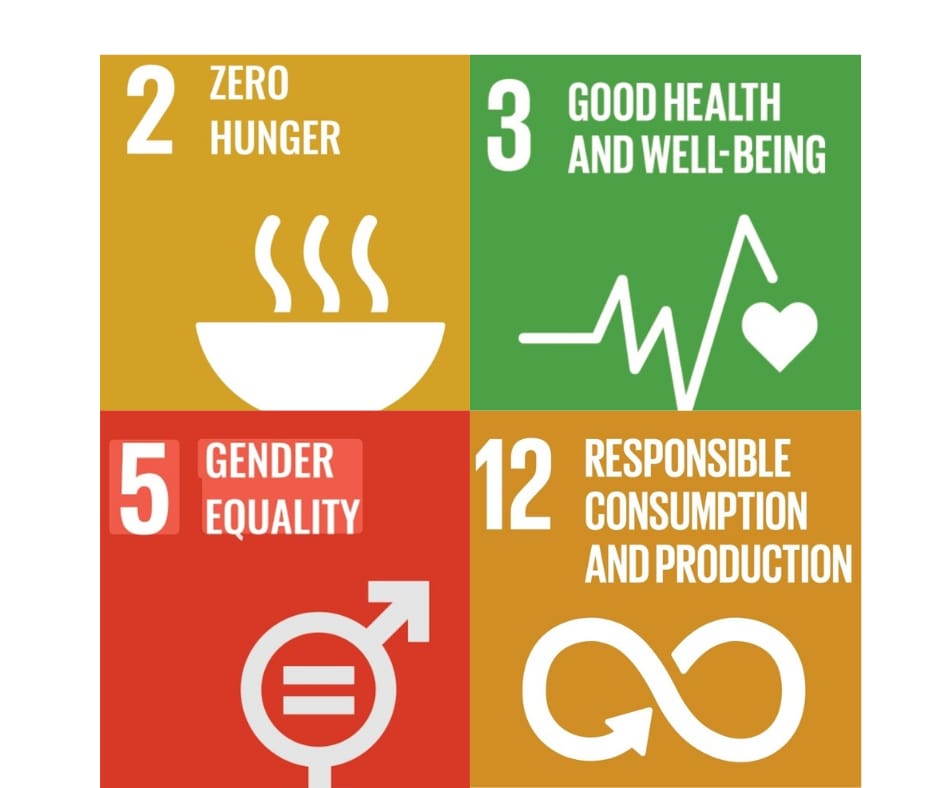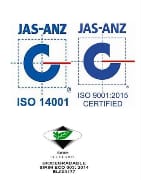As you know we at ecominim.com, try to practise zero waste in all aspects of our manufacturing and products. We will be embarking on some bulk packaging and refill “centers” for some products. We came across the article below which we thought would be interesting to share with you all, for in our zealousness to reduce waste and save the world, we believe we should ensure that we are doing so in an informed manner. Read and let us know your thoughts.
Refillable Soap Dispensers Are A Haven For Bacteria
BY KASSANDRA KANIA
https://www.cleanlink.com/cp/article/Refillable-Soap-Dispensers-Are-A-Haven-For-Bacteria–22011
Experts often cite hand washing as the single most important practice in controlling the spread of germs. But what if washing hands left them more bacteria-ridden than they were before a person washed them?
These were the findings of several studies, led by Dr. Charles Gerba, a microbiologist at the University of Arizona, on the effects of using hand soap from contaminated refillable dispensers. These dispensers get refilled by pouring in new soap from bulk containers. Samples were taken from soap dispensers in a variety of public restrooms, including those found in shopping malls, office buildings and restaurants.
“Certain types of bacteria will grow well in refillable type dispensers,” says Dr. Gerba. “From what we’ve seen in several studies, 20 to 25 percent [of bulk dispensers] will have large numbers of bacteria at one time or another.”
Bacteria from the “bulk” or refillable soap dispenser will remain on the users’ hands even after using the soap, says Dr. Gerba. These include fecal bacteria, which are very tolerant to soap, as well as pseudomonas arogenosa, which causes skins and eye infections.
“You get more fecal bacteria on your hands than if you stuck your hands in the toilet,” says Dr. Gerba.
Study results further demonstrated that bacteria from contaminated hands can be transferred to secondary surfaces — leading to the conclusion that washing with contaminated soap not only defeats the purpose of hand washing but may contribute to the transmission of potentially harmful bacteria.
So how does bulk soap become contaminated? According soap manufacturers, germs are typically introduced to the dispensers when they are refilled with soap.
“Any bulk dispenser can come into contact with germs through the environment,” says Dan Renner, director of marketing for Kutol Products Company, Sharonville, Ohio. “It can be via dirty hands, dirty rags, water or particles in the air during the refill process.”
Just as opening the dispenser can introduce germs into the system, opening the bulk soap container can lead to contaminated contents, which are then transferred from the bottle to the dispenser. Dr. Gerba visited two sites where soap was contaminated during the mixing process prior to filling the dispenser.
“We looked at some barrels that had a slime layer at the bottom,” he says. “So sometimes when they’re mixing and diluting the soap, and then re-containerizing it at their facility, they get a continuous culture of bacteria.”
In some cases, the introduction of contaminants could even be intentional. Refillable soap dispensers are easy targets for vandals, says Thom Wojtkun, market development director for GOJO Industries in Akron, Ohio.








